With so many companies jostling for customers’ attention, it can sometimes seem like an impossible task to get your small business brand to stand out. The good news, though, is that many companies have built successful brands from scratch, gone up against the big players, and won out.
Don’t underestimate the power of branding. Dollar Shave Club was a startup just a few years ago, sending men hungry for bargains on shaving utensils kits in the post for much less money than the big established brands, Gillette and Wilkinson Sword. Both those firms had been gaming the market for years, charging men inordinate sums of money for what were, essentially, basic razor products. Sure, they were of higher quality than the Chinese versions, but they weren’t worth the asking price to many.
What was so interesting about Dollar Shave Club’s success was how it tapped into a latent hatred that was already there. Men who bought Gillette products disliked what the company was doing to them, and the moment Dollar Shave Club came along and showed them that they could have cheaper razor products, that all changed. All of a sudden, men realized that they had been taken for a ride by the big companies and abandoned their brands in droves.
Getting a brand to stand out in 2019 is possible, but you need to be smart about it. All the usual methods are still important, but now there’s a realization among top marketing experts that there’s more to it than just being loud. You’ve got to tap into customer’s emotions and give them satisfaction. A killer brand does that.
Use Branded Merchandise
First, let’s start with the basics: branded merchandise. Branded merchandise is a great way to promote your business and educate your clients/prospects. With branded merchandise you can inform customers about your existence, what you offer, advertise special offers and deal, and give them dates to remember (just in case you’ve got a product launch or event coming up).
Branded merchandise is a necessary part of low budget marketing and ongoing brand awareness. The reason for this is simple: branded merchandise tends to stick around because it provides people with ongoing value. Branded mugs, for instance, will sit in an office cafeteria for months, if not years, providing cheap, constant brand exposure to multiple people. Likewise, branded pens are a great way to celebrate your brand while also providing people with something inherently functional.
Branded lanyards offer excellent brand exposure when reps of your business interact with multiple people say, at a conference. And finally, branded umbrellas give you the opportunity to have your brand appear in a large format as people walk down the street in the rain, particularly the winter.
Branded merchandise increases the lifetime value of your customers and uses them as a springboard to subtly inform those who have yet to come into direct contact with your firm. Using branding in this way helps to get your brand to the forefront of your audience’s mind whenever they use one of your branded products.
Carefully Craft Your Remarketing Strategy
The next step is to create a carefully crafted marketing strategy. No, you don’t have to be a digital marketing guru to do this: just know enough about remarketing to ensure that customers who interact with your brand online do so again soon.
Remember, as a new brand; you’re not instantly recognizable. It may take several separate instances of exposure to your brand for a person to remember it and be able to identify it again. This is where remarketing is so helpful: it displays your advertising content on a network of websites to customers who showed an interest in your products or services in the past, giving you another chance to get your brand seen. Companies use remarketing all the time online: it’s standard practice
When you think about it, physical merchandise is another way of achieving the same effect in the real world. You gift (or a customer buys) one of your branded products, and then every time they use it, they’re reminded of your brand.
Some marketing managers and sales directors are sceptical that these kinds of micro-interactions can be effective at building a brand. But branding isn’t something that works in a single, giant gulp; it’s more of a drip-feed, where brand awareness and familiarity grow slowly, yet inexorably, over time.
Slow osmosis is the strategy of many brands. Top marketing managers aim to get their brands into customers’ head so that the first thing that they associate with a particular need is the company the marketer represents. “I am thirsty,” says the customer, “therefore, I need a Coke.” Or “I want to go on holiday. Therefore, I will check Trip Advisor.”
Tap Into Customers’ Emotions
Dollar Shave Club became a global success because it was able to tap into the latent emotions of its audience and change things for the better. Now millions of men can save money on the cost of shaving every month, and they’re grateful for it. Dollar Shave Club, as they see it, delivered them from the evil clutches of the incumbent firms.
Apple did a similar thing with the Mac and then the iPhone. The company knew that the players already in the market weren’t giving customers what they wanted – a smooth, hassle-free, non-technical home computing experience. So the company not only worked hard to do all those things but made a song-and-dance about it too in its marketing. Apple moaned about Microsoft and PCs in general, saying how they were boring and not user-friendly, and the strategy paid off. Sure enough, there were a bunch of people out there who agreed that their computing experience wasn’t good enough and made the switch.
Whatever product you sell, you can tap into the emotions of customers too. You don’t have to do it by tapping into the anger. You can do it as Red Bull did through people’s need for thrills, or through other feelings, like nostalgia. The point here is that it doesn’t matter how great your product is unless customers also feel that it’s great too.
Be Clear About Your Strengths (And Weaknesses)
No company can do it all. Each has clear strengths and weaknesses, and each needs to understand what they are before making any branding decisions.
Take gaming platform, Steam, for instance. The company behind the app doesn’t focus on anything else but marketing itself as a place where people can download games and do so in a secure environment. The firm used to make its own video games, but has become so successful as a host, it no longer bothers branching out like that.
Other companies, like Coca-Cola-Schweppes, stick to what works: making soft drinks. When a person is thirsty, the company wants to be the first thing that pops into their minds. If they diversified into other products, like video games, it would pollute its brand and might harm its appeal.
Tell A Story
People love stories. Humans have been telling each other stories for thousands of years. Stories provide an engaging framework in which you can build a brand in 2019, and provide customers with a real reason to buy from you.
Swedish oat milk brand, Oatly, for instance, tells its story right on its packaging. The company wants to change the way that people consume milk, moving them away from traditional dairy and onto plant-based alternatives that are better for their health and the planet as a whole. Oatly is clear about this: it doesn’t mince its words. The side of most of its packaging for its products is covered in what is essentially an essay which describes why the company decided to do what it does. Oatly is on a mission, and so are its customers: both see it as imperative that the world move away from intensive dairy production and towards more sustainable sources of milk, even oats.
What’s so amazing is that with a few simple marketing techniques like this, Oatly is fast becoming a global brand, taking on the likes of Alpro, now owned by a dairy conglomerate. It provides that storytelling is an advantage, especially if you are a small company with genuine rapport with your customers.
Being Sincere
Finally, brands need to be sincere. Customers want to see that what a brand says matches up to its actions. So, for example, if a brand promises that it will provide a personalized service to all customers, then the brand should do so. It shouldn’t just cut and paste standard responses to reply to customer queries on social media.
Being sincere is all about following through on your promises. If you promise the lowest price in your industry, then that’s what you need to deliver. If you promise not to harm the environment, then you mustn’t. If you promise to support local charities, then you should. Customers will take note of brands that are sincere while at the same time showing their human side. Branding is all about building trusting relationships with people, which is why even the largest companies try to get you to speak to sales reps on the phone to give their organizations a personal feel.
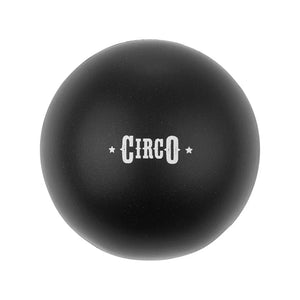
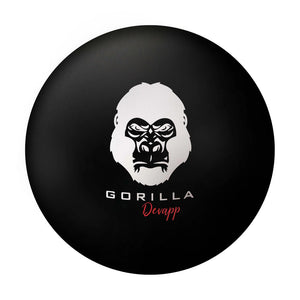
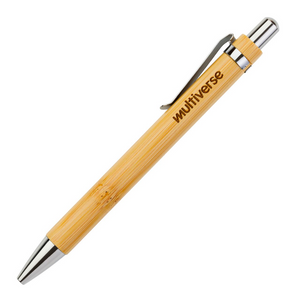
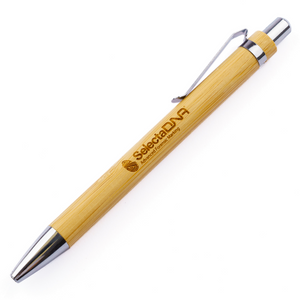
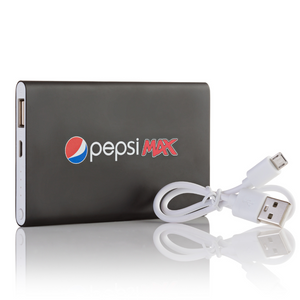
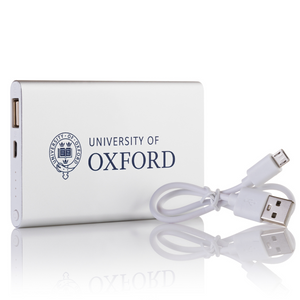
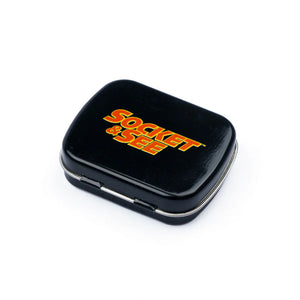
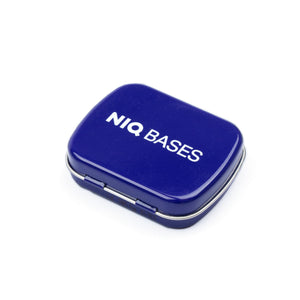
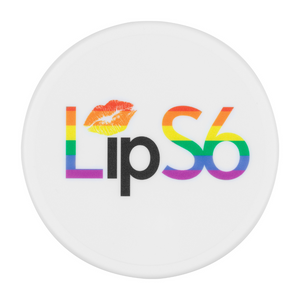
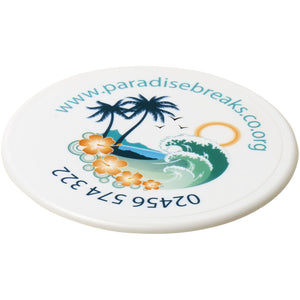
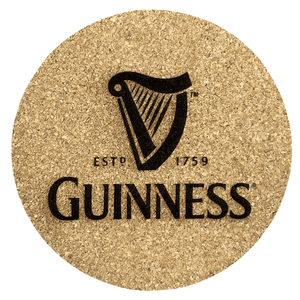
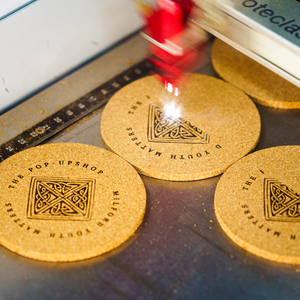
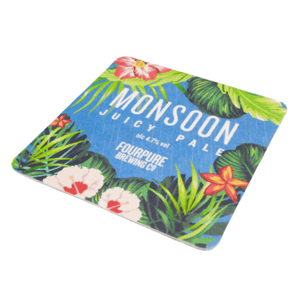
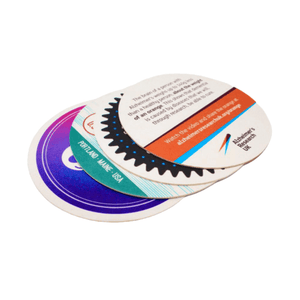
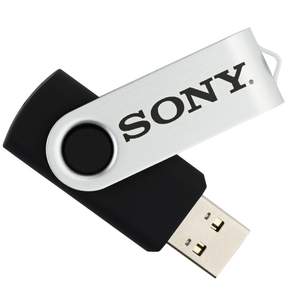

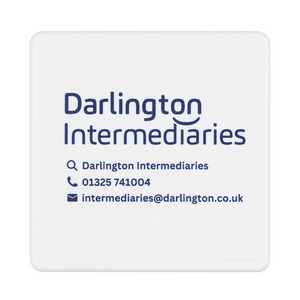

 by Totally Branded
by Totally Branded